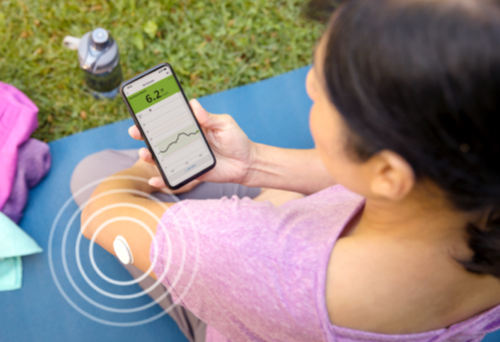* The LibreView website is only compatible with certain operating systems and browsers. Please check www.libreview.com for additional information.
-
EasyToFreeStyle Support Kit
What’s inside?
The EasyToFreeStyle Support Kit makes it easy for you to access information that’s the most relevant to you about the FreeStyle Libre family of products. Here is a list of resources that have been selected for you based on your profession. Simply click the resources that interest you for download.
-
EasyToFreeStyle Support Kit
What’s inside?
The EasyToFreeStyle Support Kit makes it easy for you to access information that’s the most relevant to you about the FreeStyle Libre family of products. Here is a list of resources that have been selected for you based on your profession. Simply click the resources that interest you for download.
-
EasyToFreeStyle Support Kit
What’s inside?
The EasyToFreeStyle Support Kit makes it easy for you to access information that’s the most relevant to you about the FreeStyle Libre family of products. Here is a list of resources that have been selected for you based on your profession. Simply click the resources that interest you for download.
-
EasyToFreeStyle Support Kit
What’s inside?
The EasyToFreeStyle Support Kit makes it easy for you to access information that’s the most relevant to you about the FreeStyle Libre family of products. Here is a list of resources that have been selected for you based on your profession. Simply click the resources that interest you for download.
-
EasyToFreeStyle Support Kit
What’s inside?
The EasyToFreeStyle Support Kit makes it easy for you to access information that’s the most relevant to you about the FreeStyle Libre family of products. Here is a list of resources that have been selected for you based on your profession. Simply click the resources that interest you for download.





STAY CONNECTED